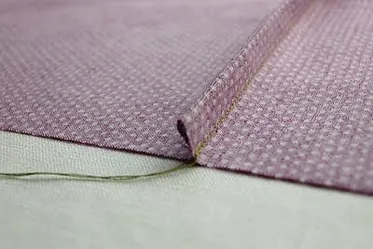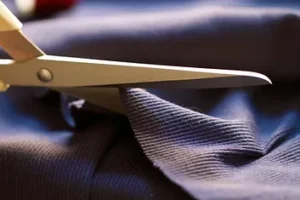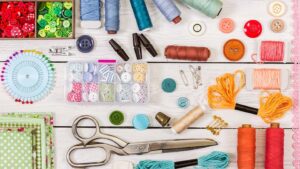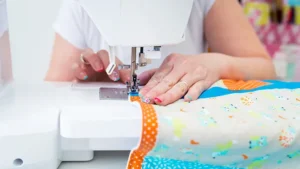The art of sewing is a dynamic and fulfilling craft that allows us to express our creativity while producing functional and aesthetically pleasing items. In this blog, we will explore the crafting magic behind different sewing seams, highlighting their unique attributes, purposes, and where they are most commonly used. Whether you are a seasoned sewist or a beginner, this journey of discovery through the world of sewing seams will enhance your skills and inspire new projects.
1. Straight Seam:
The straight seam is the foundation of sewing, forming the basis of nearly all sewing projects. This classic seam is created by sewing two pieces of fabric with their right sides together along a straight line. Straight seams can be found in various garments such as skirts, pants, dresses, and even handbags. They offer stability and structure, making them perfect for flat construction and tailored pieces.
2. French Seam:
If you’re looking for a clean finish that conceals raw edges, the French seam is your go-to option. This double-stitched seam binds the raw edges within the fabric, encapsulating them between two layers and leaving
you with a neat and professional result. French seams are frequently used in lightweight fabrics, lingerie, and delicate projects, where fraying is a concern.

3. Zigzag Seam:
When working with stretchy or knit fabrics, the zigzag seam comes into play. With its inherent elasticity, this seam allows the fabric to stretch and recover without breaking. Zigzag seams can be created using a traditional zigzag stitch or through the use of an overlock or serger machine. They are commonly seen in activewear, swimwear, and anything that requires flexibility.

4. Flat Felled Seam:
The flat felled seam is recognized for its strength, durability, and polished appearance. By overlapping and securing the raw edges, this seam creates a fully enclosed finish that is
resistant to unraveling and wear. Commonly found in denim jeans, workwear, and heavy-duty projects, a flat felled seam ensures garments that can withstand everyday use and last for years.
5. Bound Seam:
If you are a fan of ornate details and wish to showcase your sewing skills, the bound seam is for you. This seam involves encasing the raw edges of fabric with a bias binding or contrasting strip of fabric. Not only does it add a decorative touch, but it also reinforces the seam, making it a great option for projects where the seam might undergo stress, such as in quilting or home decor items.
Sewing seams are the unsung heroes that bring our projects together, combining functionality and aesthetics in equal measure. From the versatile straight seam to the decorative bound seam, each seam serves a unique purpose and contributes to the overall structure and longevity of our creations. By understanding the capabilities and characteristics of different seams, you can unlock endless possibilities for your sewing projects, no matter your skill level. So grab your fabric, thread, and sewing machine, and let your imagination run wild as you explore the world of sewing seams.




